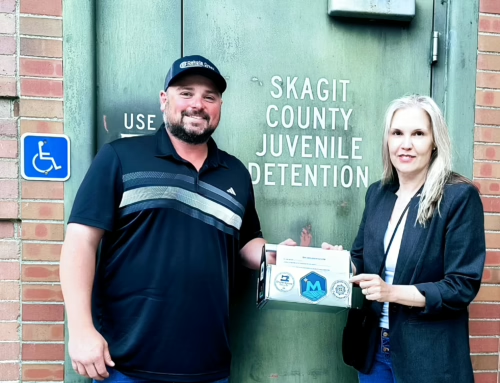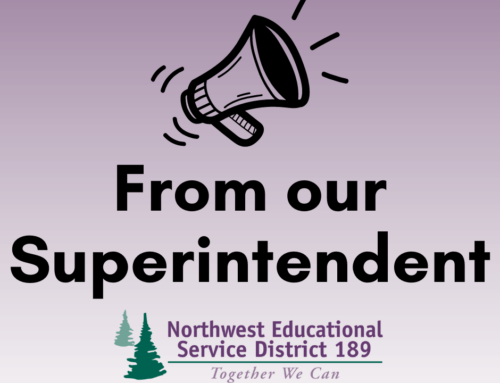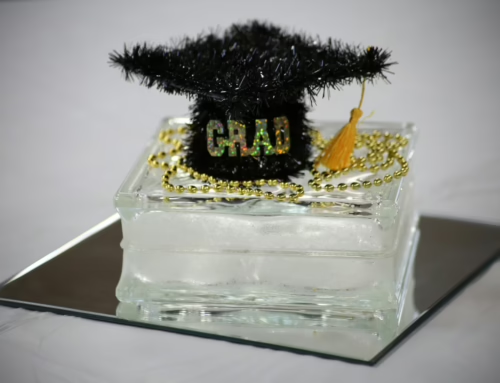
Over the past few years I have wondered what are the components of meaningful professional learning?
As a participant and a facilitator of adult learning, I am mindful of how educators engage in learning that can enhance their knowledge and skills while building on their ability to reflect on their chosen areas of professional growth. As a learner myself, I continue to refine my own thinking around this work and how the adult learning impacts student learning.
Recently, I was able to participate in a two-day, blended professional learning with teachers in our region. Teachers spent the first day in the class engaged with students. On the second day, teachers debriefed what they noticed and wondered about the instruction and learning that occurred. After debriefing their classroom experience, the teachers worked collaboratively to apply the experience to their own teaching practice for the upcoming school year.
The following are some of the highlights from this blended learning opportunity:
- Thoughtful planning is expected and analyzed: Before entering the classroom, the facilitator shared student demographics, described the instructional content and student thinking goals of the lesson, and presented the problem that was to be used with students. Teachers worked the task, anticipated students’ misconceptions and developed purposeful questions they believed would help make student thinking visible. The facilitator explained her instructional moves, some of which advanced student thinking and sense-making and some did not. The facilitator also modeled how to accept suggested thoughts and ideas from the teachers participating in the professional development. All teachers were asked to reflect on the highest leverage instructional decisions made by the facilitator.
- Teachers experiencing new learning in real time and applying the learning to their own practice: The purpose of professional learning is for teachers to improve their instruction. The hosting teacher and the teacher participants had an opportunity to observe a lesson and share their learning during the debrief. The most significant teacher observation/learning was: “I did not expect for students to make the connections they did with the task they were given.” This impacted how teachers thought about future planning in their own classrooms. With so many eyes and ears focused on student thinking in the classroom, the debrief that followed was rich and thoughtful. Teachers expressed their desire to let their students experience productive struggle more often.
- Teachers opening their classroom to their teaching peers: This hopeful shift is becoming more of the norm. The facilitator positioned herself as the teacher (she had been co-teaching the class over the last three weeks) and modeled how to receive constructive feedback on her instructional moves with students. The facilitator was the first person to speak about what she noticed and wondered during the debrief. Her reflection set the tone for the visiting teachers who used a protocol to focus their noticings and wonderings on student actions and evidence. The hope is for the teachers to take this protocol and practice back to their own schools and teaching teams.
- Looking at student work: Looking at student work samples provided the foundation for the conversation teachers had and the feedback they shared with the host teacher. The debrief protocol asked teachers to base their noticings and wonderings on their evidence. Teacher moves that appeared spontaneous, whether or not they resulted in the desired outcome, were discussed in detail. A student who was reluctant to share on her own was encouraged by the facilitator to come to share her work using the document camera. As a support, the facilitator suggested she ask a group member to accompany her. This seemed to be a quick and simple decision made by the facilitator. However, the facilitator had co-taught the class over the previous three weeks and believed this young student was on the cusp of feeling comfortable to share her work. The facilitator provided the “bring a friend with you” as a scaffold. This was a calculated decision that teachers appreciated.
- Teachers planning together as part of the professional development: Teachers need time to intentionally plan together. During the second day of class, teachers were given time to dig into their materials and plan lessons with grade and subject alike peers. Planning is more powerful when teachers have a model to reference and improve to fit into their context. In addition, since learning is a social activity, teachers are presented with an opportunity to deepen their understanding of instruction as they plan with their peers.
This blended model of professional llearning provides teachers with a meaningful example they can observe, question and adjust to meet their instructional needs and the needs of their students.
-Ed



